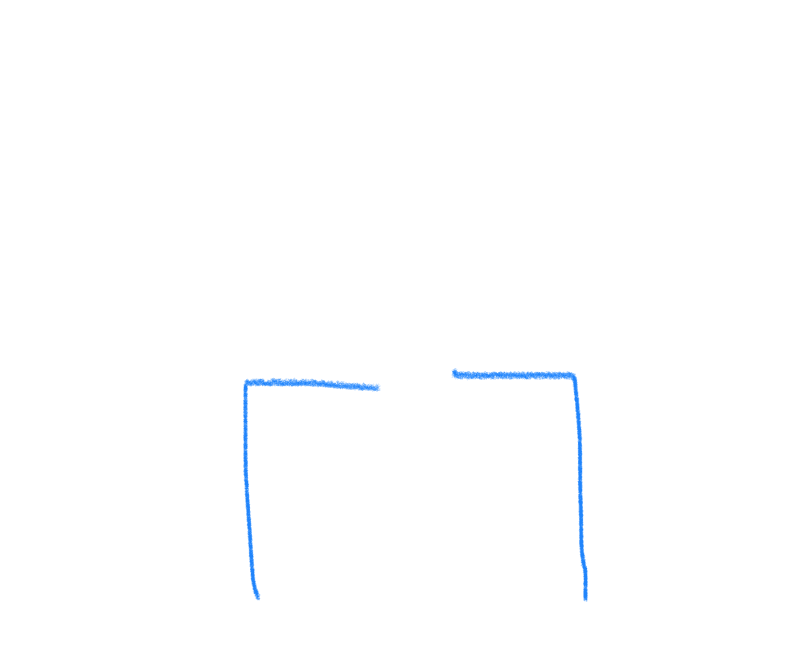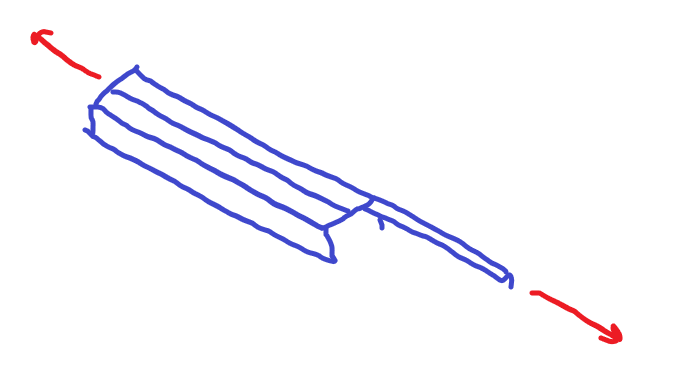structeng1985
Structural
- Jun 9, 2021
- 6
Hello,
I have a situation where two angles are spliced to and reduced to one single angle. The two angles are not back-to-back but rather the ends of the shorter leg are touching. These are tension members and I'm curious if the eccentricity of the connection would induce a moment, or if this would be accounted for with the shear lag factor and the net section check? The magnitude of eccentricity between the center of double angle section vs. single angle is similar to what it would be when bolting say a plate to a WT or larger angle.
From what I've read, it would be considered in a compression member, but the connection eccentricity is neglected in tension members. Also, does the shear lag factor (U) get applied to the single angle if both of the legs are connected?
Thank you for your thoughts.
I have a situation where two angles are spliced to and reduced to one single angle. The two angles are not back-to-back but rather the ends of the shorter leg are touching. These are tension members and I'm curious if the eccentricity of the connection would induce a moment, or if this would be accounted for with the shear lag factor and the net section check? The magnitude of eccentricity between the center of double angle section vs. single angle is similar to what it would be when bolting say a plate to a WT or larger angle.
From what I've read, it would be considered in a compression member, but the connection eccentricity is neglected in tension members. Also, does the shear lag factor (U) get applied to the single angle if both of the legs are connected?
Thank you for your thoughts.


